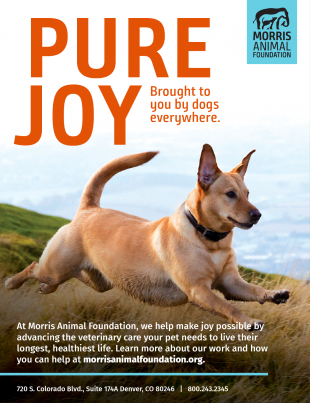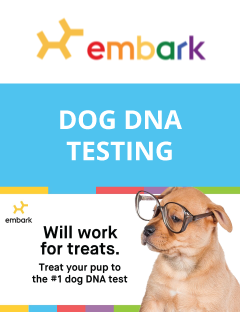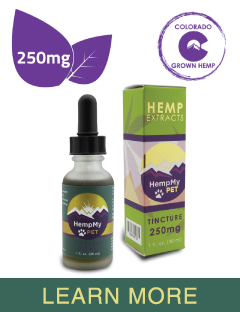Anesthesia-Free Dental Cleanings: Helpful or Harmful?
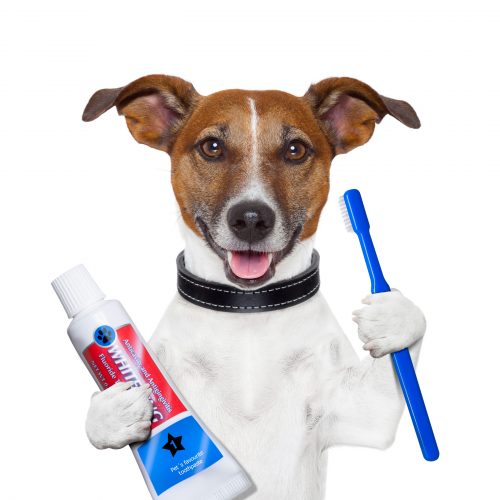
The Denver Dog reports
The veterinary field is rapidly progressing and we are constantly hearing of new medical techniques. As time goes on, we will continue to discover new methods of caring for our fur children. In recent years, anesthesia-free dental cleanings have become increasingly popular. The concept of these cleanings sounds rather incredible. What owner wouldn’t want to take care of their pet’s teeth without the fear of complications from anesthesia? Furthermore, anesthesia-free dental cleanings are considerably less expensive than anesthetic dental cleanings.
However, when one learns more about anesthesia-free dental cleanings, it hardly sounds like something you would want to put your pet through. After thoroughly researching this topic, we want to share with our readers some of the downfalls of this procedure.
Dental disease can’t always be seen on the surface
After an anesthesia-free dental cleaning, your pup’s teeth will likely look much cleaner. The technicians remove the tartar with tools similar to those used in human medicine. It is important to remember that just because the teeth have a more appealing appearance does not mean that the issue of dental disease has been fully addressed. Dogs will often have tartar and hair underneath the gum lines. If this issue is not addressed, it will likely progress and cause damage to the teeth. It would be nearly impossible to probe the gum lines on an awake animal without causing great discomfort. Thus, we must assume that this essential part of a dental cleaning is not performed during this procedure.
Dental radiographs can detect disease not visible to the naked eye
Dental radiographs have proven to be an essential tool in human medicine over the last few decades. The same can be said for veterinary medicine. Dental disease can’t always be seen with the naked eye and this is where dental x-rays come into play. Radiographs can detect disease under the gum line at the root of the tooth. Time and time again radiographs are taken of teeth that look healthy but disease can be lurking under the gum line. Since a dog can’t be told not to bite down on the plate, dental radiographs have to be performed under general anesthesia.
My dog recently had a professional dental cleaning at Lone Tree Veterinary Medical Center. Tulo is an almost eight-year old King Charlies Spaniel and Cocker Spaniel mix. His teeth appeared to be in very good condition for his age. When radiographs were taken, it was discovered that several of his lower incisors had advanced periodontal disease. They were loose and one of them even broke at the crown during the dental cleaning which can be seen in the image below.
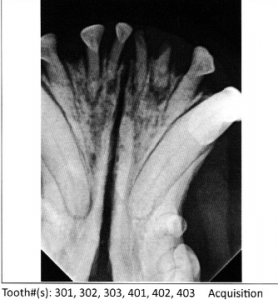
If Tulo had an anesthesia-free dental cleaning I would have never known about these teeth that were damaged. Furthermore, they would not have been able to extract the teeth and place sutures with him while he was awake. Hypothetically, I would have had to take him to the vet to have the teeth removed. I would have then had to pay for another dental cleaning on top of the anesthesia-free dental cleaning.
You’ll end up paying more in the long run
This is a continuation of the point I wanted to make in the previous paragraph. If you have an anesthesia-free dental cleaning performed on your dog and it is noted that any teeth need to be extracted, you will then have to go to your veterinarian for an anesthetic dental cleaning. Since a large amount of disease is under the gum line, they will likely rescale their teeth and you will end up getting charged for another cleaning on top of the extractions. While an anesthesia-free dental cleaning is considerably less expensive than the alternative, you will end up paying more in the long run if your dog needs extractions. Furthermore, your dog could potentially be suffering from the pain of dental disease that could not be seen during the anesthesia-free dental cleaning.
It’s downright stressful for your dog to be held down for a dental cleaning
During an anesthesia-free dental cleaning, the technician will hold your dog down on the ground or in their laps while they clean the teeth. Can you imagine how stressful this would be for your dog? In human medicine we are fully aware of what is going on when the hygienist is cleaning our teeth. A dog is not capable of understanding what is going on when you are sticking tools in their mouth and holding them down. It is understandable to be concerned of the risks of anesthesia. However, if the anesthesia is performed by trained professionals the risk for adverse reactions is generally low. If a dog is under anesthesia they won’t know what is going on in their mouths and it will save them a great deal of stress.
Aspiration pneumonia is a potential outcome
When undergoing a professional dental cleaning at a veterinary hospital, your dog will have an endotracheal tube placed in their trachea. This tube will help administer the anesthesia and protect their airway. If a dog has a large amount of calculus, the technician will use tools to “crack” off the tartar. With an anesthesia-free dental cleaning, the airway is not protected and the tartar can potentially go down their trachea and make its way to the lungs. Aspiration pneumonia can then result and this could be fatal for your dog. There have been reports of aspiration pneumonia following anesthesia-free dental cleanings. While it is rare, the inherit risk is enough to make one reconsider the procedure.
Conclusion
We encourage our readers to make the decision they feel best for their pet. However, we truly hope that you will reconsider the idea of having an anesthesia-free dental cleaning performed on your dog. Dental health is an essential component to your dog’s overall well-being. It is recommended to brush your dog’s teeth daily, though we do recognize this can be a difficult feat. Talk to your veterinarian at your next visit and they can further discuss the importance of caring for your dog’s teeth.


